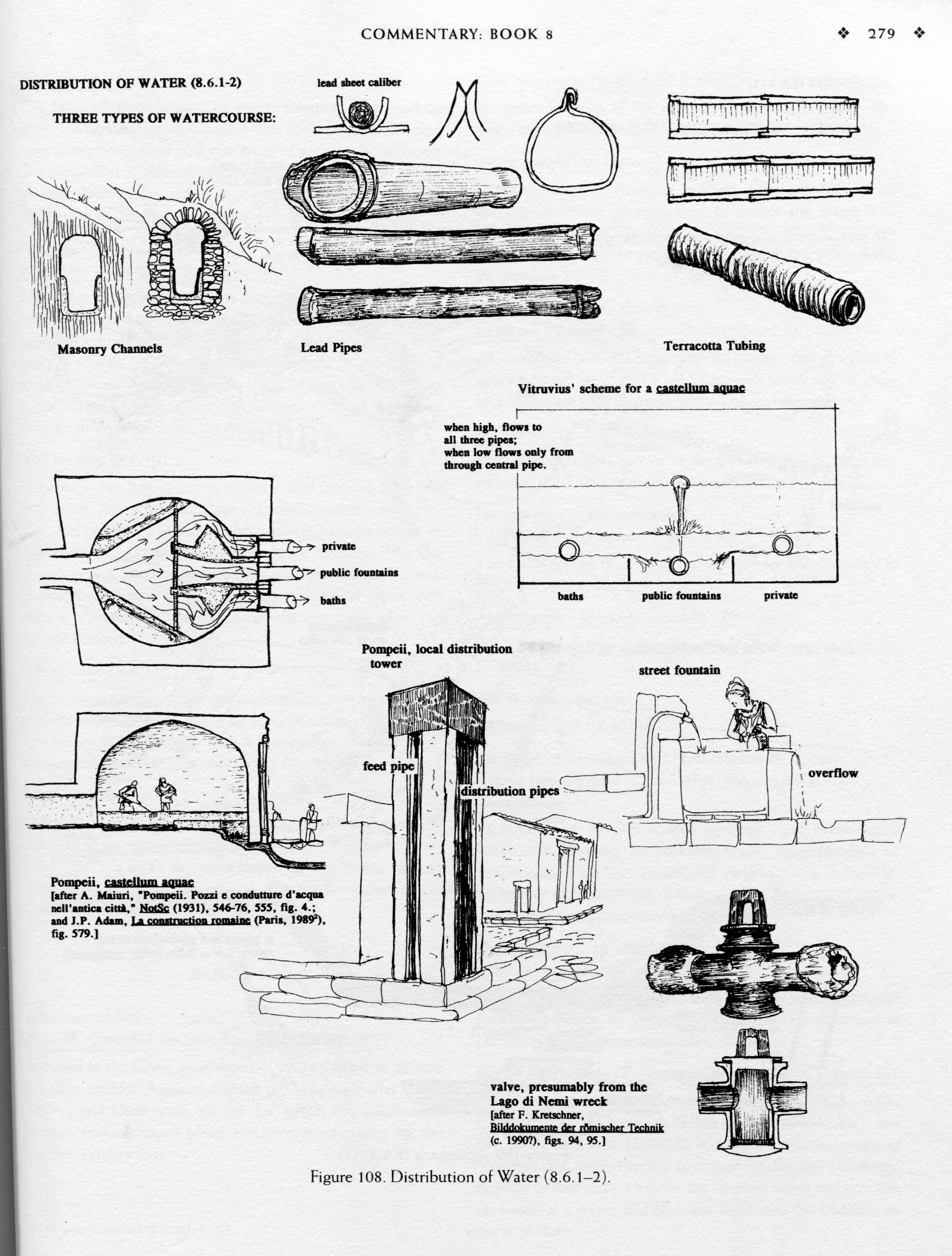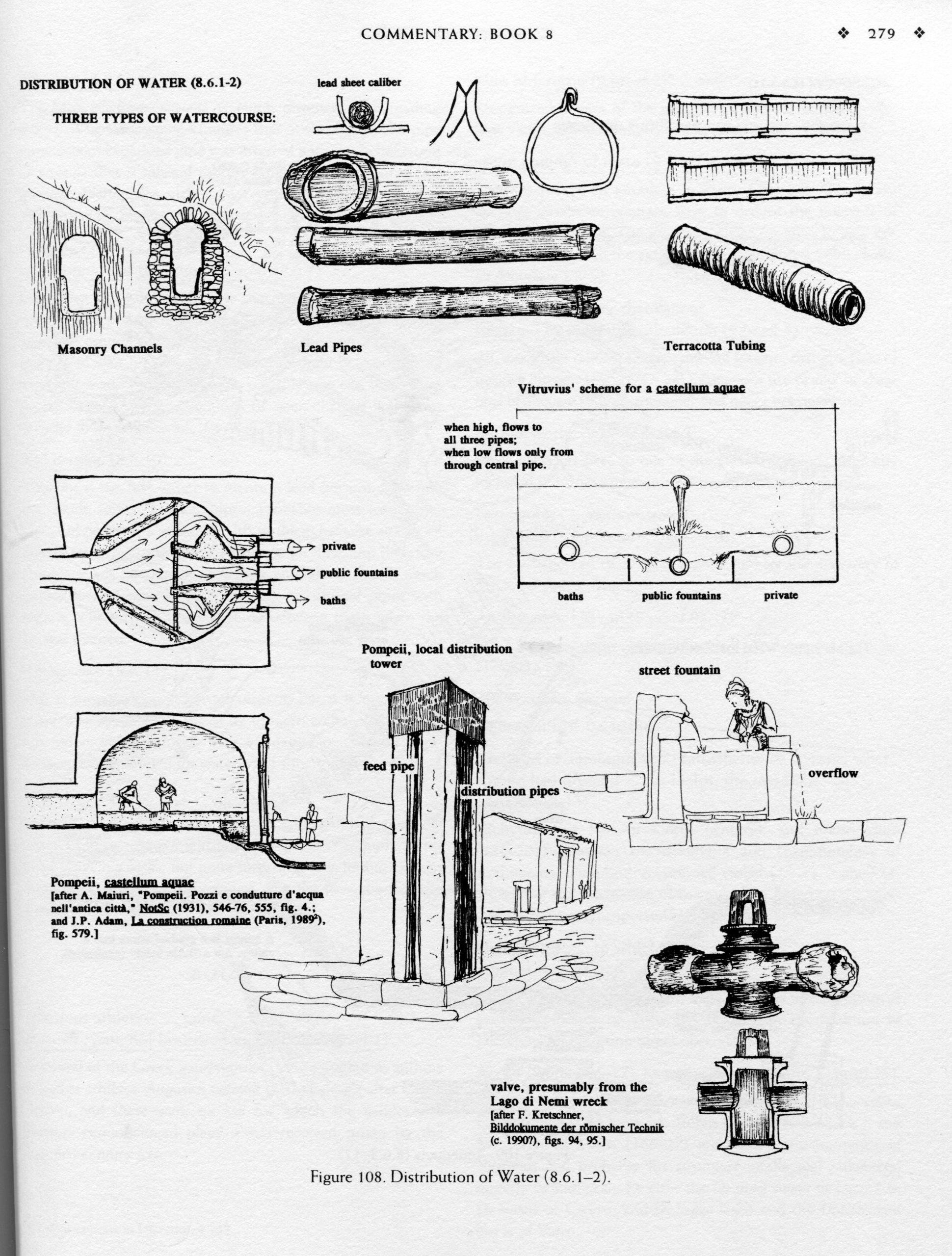
Throughout the medieval era, mathematics occupied a conflicted position within the intellectual landscape of Europe. In universities, where Aristotelian natural philosophy dominated, the quadrivium — comprising arithmetic, geometry, music, and astronomy — held only a marginal status. Mathematics was frequently regarded as a necessary yet unheralded discipline. Nevertheless, a significant evolution occurred between the 15th and 17th centuries. This period heralded the emergence of the mathematical expert — a novel class of technical specialist whose contributions would ultimately help elevate mathematics to a foundational element of the Scientific Revolution.
Within the context of medieval European universities, mathematics was predominantly taught out of necessity. Undergraduate students were introduced to the quadrivium, yet scholars seldom engaged with its mathematical applications in any meaningful depth. The lack of specialized instructors and the arbitrary assignment of mathematics courses further emphasized the discipline’s diminished reputation: enrolling in a mathematics course through this lottery-like system felt akin to drawing the short straw.
Conversely, beyond academic settings, mathematics proved more functional, although its status remained low. Royal courts frequently relied on individuals trained in astronomical calculations, who simultaneously served as astrologers, timekeepers, and designers of instruments. Their contributions were perceived more as technical craftsmanship rather than intellectual scholarship. A notable example is the mathematician Nicolas Kratzer, who was employed as “devisor of the King’s horologes” by Henry VIII, earning a salary that was less than that of the royal falconer.
A revival of mathematical thought initiated with the First Viennese School of Mathematics, featuring scholars like Johannes von Gmunden, Georg von Peuerbach, and Johannes Regiomontanus. These scholars rejuvenated Ptolemaic astronomy in Europe, not just by preserving ancient texts but also by striving to reform them. By seamlessly integrating observational astronomy with mathematical precision, they catalyzed a pivotal shift in the perception of mathematical sciences.
This reform initiative continued through the work of figures like Copernicus and Kepler, who established a heliocentric model backed by empirical evidence and mathematical forecasts. Kepler, in particular, demonstrated how mathematics could elucidate natural laws — redefining astronomy as not only a tool for prediction but as a genuine representation of reality.
A significant transformation emerged through Renaissance Humanism, which elevated the study of iatromathematics (astro-medicine). This perspective posited that health and illness were governed by celestial movements. Given that astrology necessitated exact astronomical data, and astronomy depended on mathematical precision, universities began to create positions in mathematics — especially notable in Italy and Poland. This strategic shift was vital in reestablishing the significance of mathematics within academic frameworks.
The reemergence of Ptolemy’s Geōgraphikḕ Hyphḗgēsis (Latinized as Geographia or Cosmographia) around 1406 transformed medieval European cartography. Previously dominated by symbolic mappa mundi, this fresh approach championed mathematical accuracy that involved calculations of latitude and longitude. This advancement required the training of mathematical cartographers and instrument makers, particularly as state governance, trade, and territorial exploration flourished.
Gemma Frisius’ pamphlet on triangulation in 1533 illustrated this mathematical pivot. This surveying technique would become essential for territorial management and map creation.
The maritime expansion of Europe — particularly by the Iberian nations — created a demand for precise navigation. Explorers like Bartolomeu Dias and Vasco da Gama depended on Arabic navigators who wielded sophisticated knowledge of celestial navigation and spherical trigonometry.
Consequently, flat map projections such as portolan charts were refined and ultimately set aside in favor of expansive oceanic navigation. The Mercator projection (1569), one of the most transformative innovations, introduced a method to depict rhumb lines (constant compass bearings) as straight lines. While Gerard Mercator did not elucidate the mathematics behind this approach, Edward Wright later addressed this gap in Certaine Errors in Navigation (1599), further advancing the mathematical science of cartography.
The ascendance of field artillery in the 16th century instilled a military urgency in applied mathematics. Mathematical practitioners contributed significantly to both the analysis of projectile motion and the geometry involved in contemporary fortifications. Star forts (trace italienne), with their slanted bastions and overlapping lines of fire, epitomized a mathematical solution to emerging military challenges.
Artist-engineers like Leonardo da Vinci and Albrecht Dürer represented the confluence of art, engineering, and mathematics. Dürer’s explorations of fortifications and Alberti’s contributions to perspective and surveying underscore the extensive reach of mathematical thought during the Renaissance.
The renaissance of mathematical application was buoyed by a surge in scientific instruments. In cities such as Nürnberg, leading figures like Regiomontanus,
